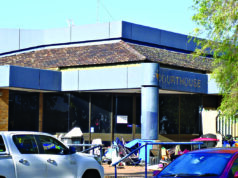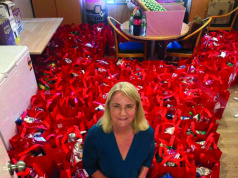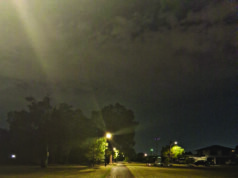The City of Canning has released an analysis of employee costs and the impact of state government charges on their budget over the past 10 years following controversy over the 8.5 per cent rate increase this year.
The analysis from city officers was received by Canning commissioners at last week’s council meeting and showed several state government costs to councils like the waste levy had increased above inflation for several years.
It showed the waste levy had increased 832 per cent from $174,000 in 2005-06 to $1.62 million in 2015-16 and street lighting had increased 137 per cent in the same period from $866,700 to $2 million.
The analysis also found the emergency services levy the city had to pay had increased 297 per cent from $3.8 million when it first started in 2003-04 to $15.1 million this financial year.
The analysis also sought to address controversy surrounding staff costs.
The city faced public backlash over staff costs when it was found they were paying almost double the amount for employees than it was in 2008-09 in this year’s budget.
In 2008-09 the city spent $31.4 million for 581 full time equivalent (FTE) employees.
In the 2014-15 budget that cost had grown to $59.4 million for 724 FTE employees.
The total employee cost this year was $6 million more than the expected rates revenue.
In the analysis the city officers said employee costs were actually under the expected rates revenue because some employee costs were paid for through external grants and fees and charges.
It showed care and disability services employees were paid for with $10.4 million worth of grant funding and leisure services employees at the city’s two leisureplexes were paid for with fees charged at the complex.

Despite ratepayers still being charged $356 and $51.90 separately on their rates notices for waste services and security services respectively officers said employees for these services were non rates funded.
The analysis also said the freezing of the financial assistance grants from the federal government would leave the city about $889,000 out of pocket over the next four years.
It also showed Canning was still the lowest rating council compared with neighbours Melville, Cockburn, Gosnells and South Perth.
City of Canning chief executive Lyn Russell said the purpose of the analysis was to provide a better understanding of the cost structure for the city in providing services to the community.
When asked what the city was doing to ensure rate rises would not reach the same level they did this year Ms Russell said the city was looking at ways to reduce costs to ratepayers.
“The city is continually reviewing its services to determine cost efficiencies and to reduce the costs to ratepayers,” she said.
“The city continues to look for new revenue sources that can help sustain the high service delivery that the community has come to expect.
“Some increases in state government costs are required to be passed onto rate payers in full.”














